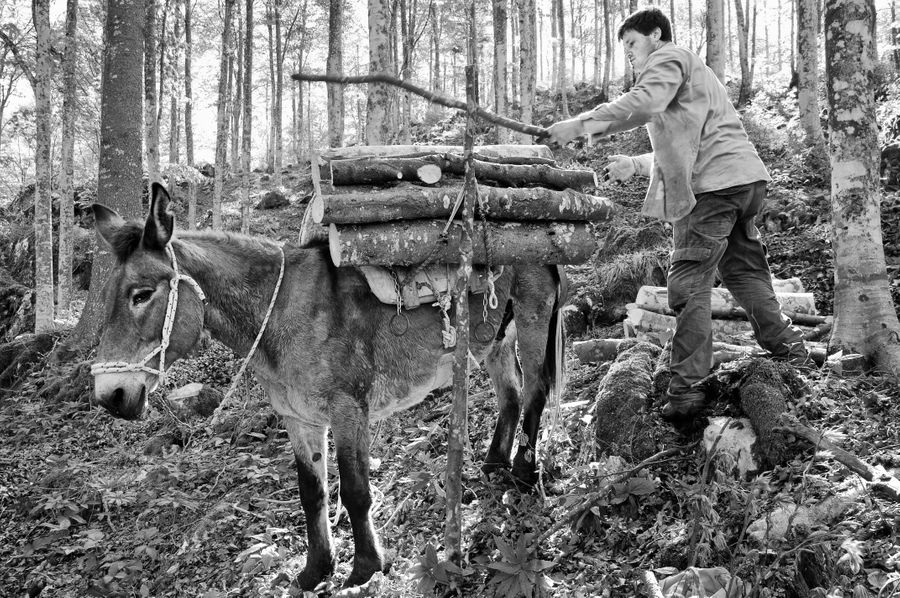At PEFC, key decisions are not made by one person alone. We ensure that decision-making is done through consensus-driven processes that involve a wide range of parties, and that no single stakeholder or stakeholder group can become too powerful.
While the General Assembly, our multi-stakeholder governance body, has the final say on decisive issues, our Board of Directors has an important role to play in support of it.
The Board comprises the Chairperson of PEFC International, two Vice-Chairs and two to twelve Board members elected by the General Assembly for a three-year term.
Development over the years

From the beginning, the diversity and equal representation of different groups was fundamental for the composition of the Board, as engraved in the original 1999 PEFC statutes:
“The constitution of the Board members should intend to reflect the major interested parties who support the PEFC, the geographical distribution of the members and the diversity of their annual cutting categories.”
Changes in society’s understanding as to what diversity entails triggered a modification in our statutes in 2002, with the requirement of “appropriate gender balance” within the Board added to promote women’s rights.
In 2005, Kathy Bradley was the first woman to be elected into the Board. Director of External Affairs for The Paper Federation of Great Britain, she was nominated by PEFC UK. After 2005, more women followed.
Currently, five of our 14 board members are women, including both of our Vice Chairs, and we continue to work on achieving an appropriate balance of all genders.

Our growth from a purely European organization to a global organization expanded our own understanding of diversity, as we acknowledged the need to ensure that indigenous people are represented. We were honoured when Minnie Degawan, an indigenous Kankanaey-Igorot from the Philippines and an activist for indigenous people’s rights, joined our Board in 2010. She worked as a Project Coordinator for the International Alliance of Indigenous and Tribal People of the Tropical Forests (IAITPFT) when she joined our Board.
In 2013, we welcomed Juan Carlos Jintiach to our Board. A member of the Shuar, an indigenous group in the Amazon Rainforest of Ecuador, he has worked extensively with indigenous communities and organizations. He is Coordinator of the International Economic Cooperation and Autonomous Indigenous Development for COICA.
The PEFC International Chairs
In its 20-year history, PEFC has seen four Chairpersons leading its operations.

Henri Plauche-Gillon was our first Chairman and one of the founding fathers who established PEFC in 1999.
It was during his term that we opened our first office in Luxembourg, welcomed our first 31 members, endorsed the first systems and got our very first certified hectares of forest.
He was followed by Michael Clark, former Chairman of PEFC UK and Vice-President within M-real Corporation’s Consumer Packaging Division, who took office from 2006 to 2009. During his term, our area of certified forests reached the 200-million hectare mark and we relocated the PEFC International offices from Luxembourg to Geneva, Switzerland.

William V. Street Jr led PEFC International from 2009 to 2016. Working as Director of the Woodworkers Department of the International Association of Machinists and Aerospace Workers, Bill brought experience in directing forestry projects around the world.
During his term of office, we endorsed the first standards in Asia Pacific and Africa.
Our current Chairman is Peter Latham, OBE. He was Chairman of PEFC UK before he joined the PEFC International Board in 2011 and elected to his current position in 2016. Peter had worked for James Latham PLC for 44 years, including eleven years as Chairman.
In his term of office, we reached 300 million hectares of PEFC-certified forest and 20,000 companies with PEFC Chain of Custody certification.
Learn more about our Board of Directors here!
source: https://www.pefc.org/news/our-board-of-directors-in-the-service-of-pefc













